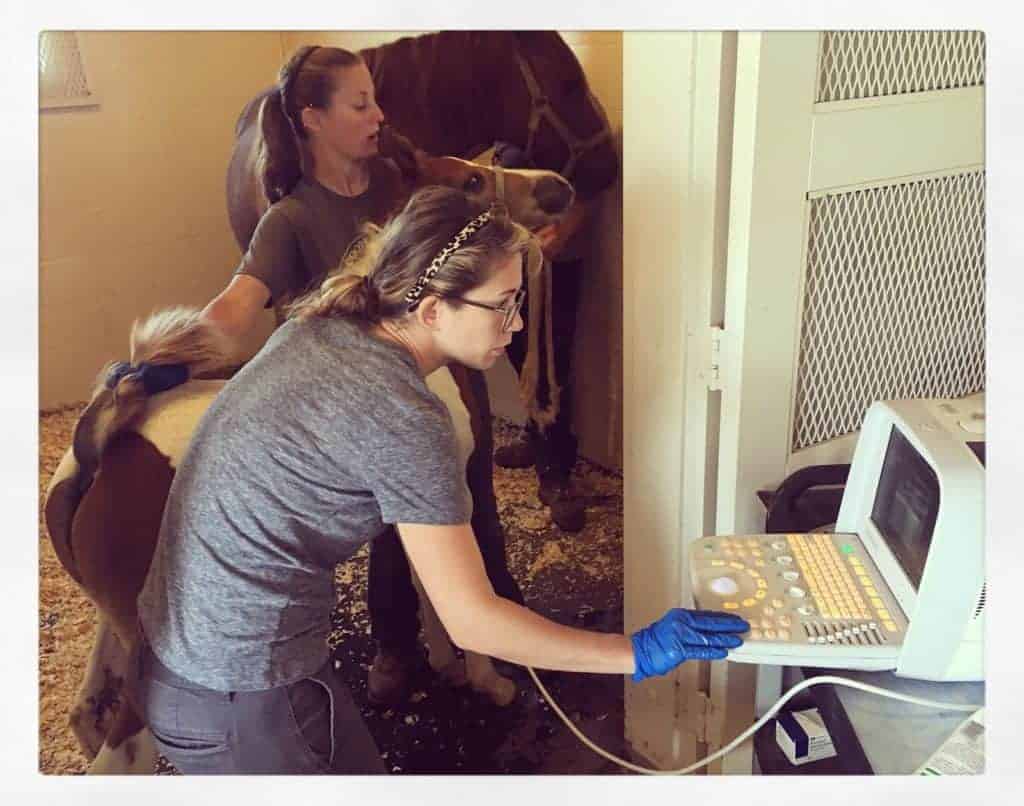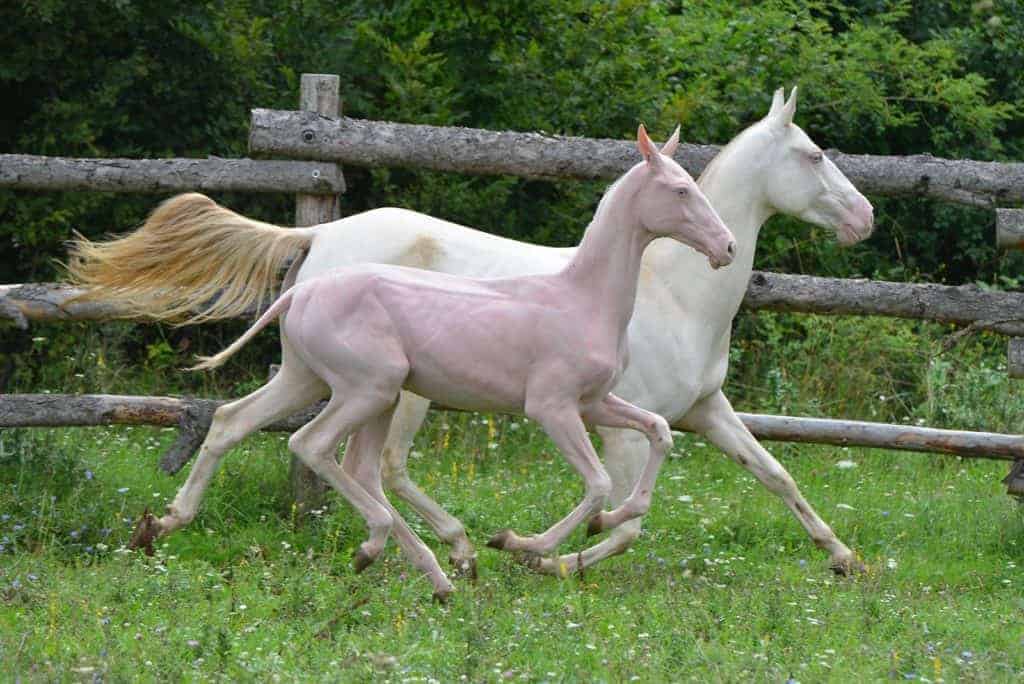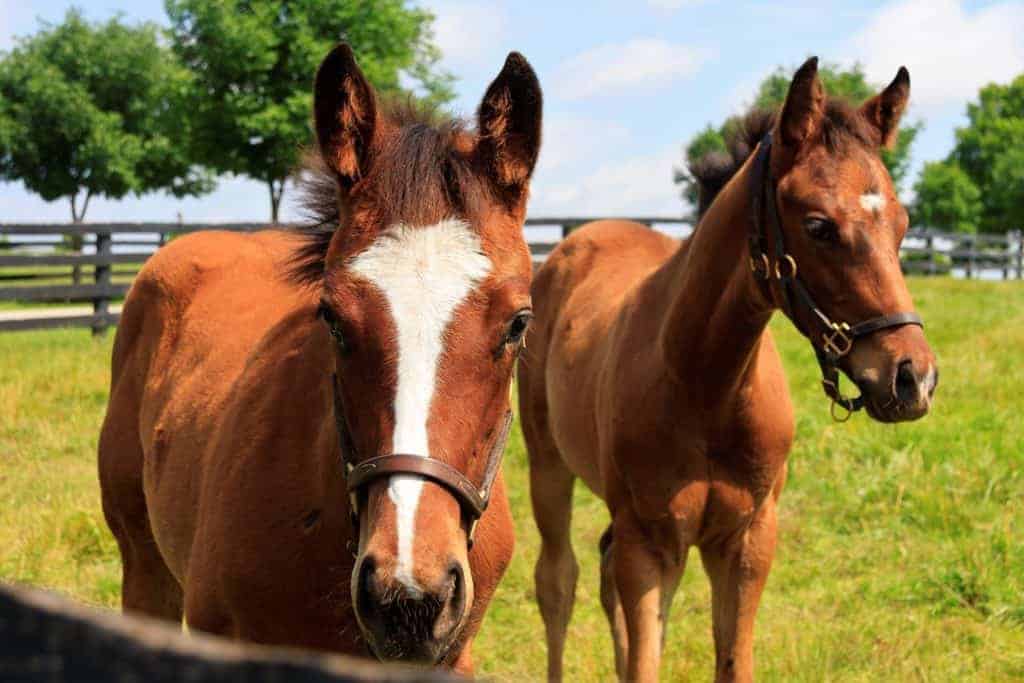
Feeding Your Horse During the Winter
How can you make sure your horse is getting the nutrition he needs during the cold months? Ask our equine nutritionist!

How can you make sure your horse is getting the nutrition he needs during the cold months? Ask our equine nutritionist!

Cesar is studying neonatal immunology with a focus on R. equi and young foals’ immune responses to it.

Necrotizing enterocolitis is a serious disease in foals less than 4-6 days of age that’s associated with a high death rate, despite therapeutic interventions.

A nutritionist can tell you if you’re over- or underfeeding or supplementing and address other equine diet concerns.

Vets are using serum amyloid A, a naturally produced protein, to detect equine infections and monitor treatment.

Scientists examined how the pairs’ spatial distance evolve between each other, as well as between other herd members.
Tweets and take-homes from Friday’s educational sessions on osteoarthritis, tendon injuries, strangles and more.

Weanlings require additional support and feeding adjustments as they grow. Here’s what to remember.

Researchers say naked foal syndrome is related to a nonsense gene variant and appears to be unique to Akhal-Tekes.

Foals’ size and fragility present veterinarians with unique diagnostic and treatment challenges in the face of colic.

Researchers are discovering how the vast and varied microbes in the horse’s gastrointestinal tract impact equine health.

There was no difference in birth weight, but placenta weight was lower and size was smaller in winter-foaling mares.

Genetic and genomic research could help veterinarians diagnose disease early and select more targeted treatments.

A dedicated team of professionals at UC Davis work around the clock to help newborns beat the odds.

More than 80 attendees and guests attended the IEOC’s annual symposium held June 1-3 in Saratoga Springs, New York.

Many cases of colic in foals can be corrected medically with the assistance of a veterinarian.
Stay on top of the most recent Horse Health news with
"*" indicates required fields